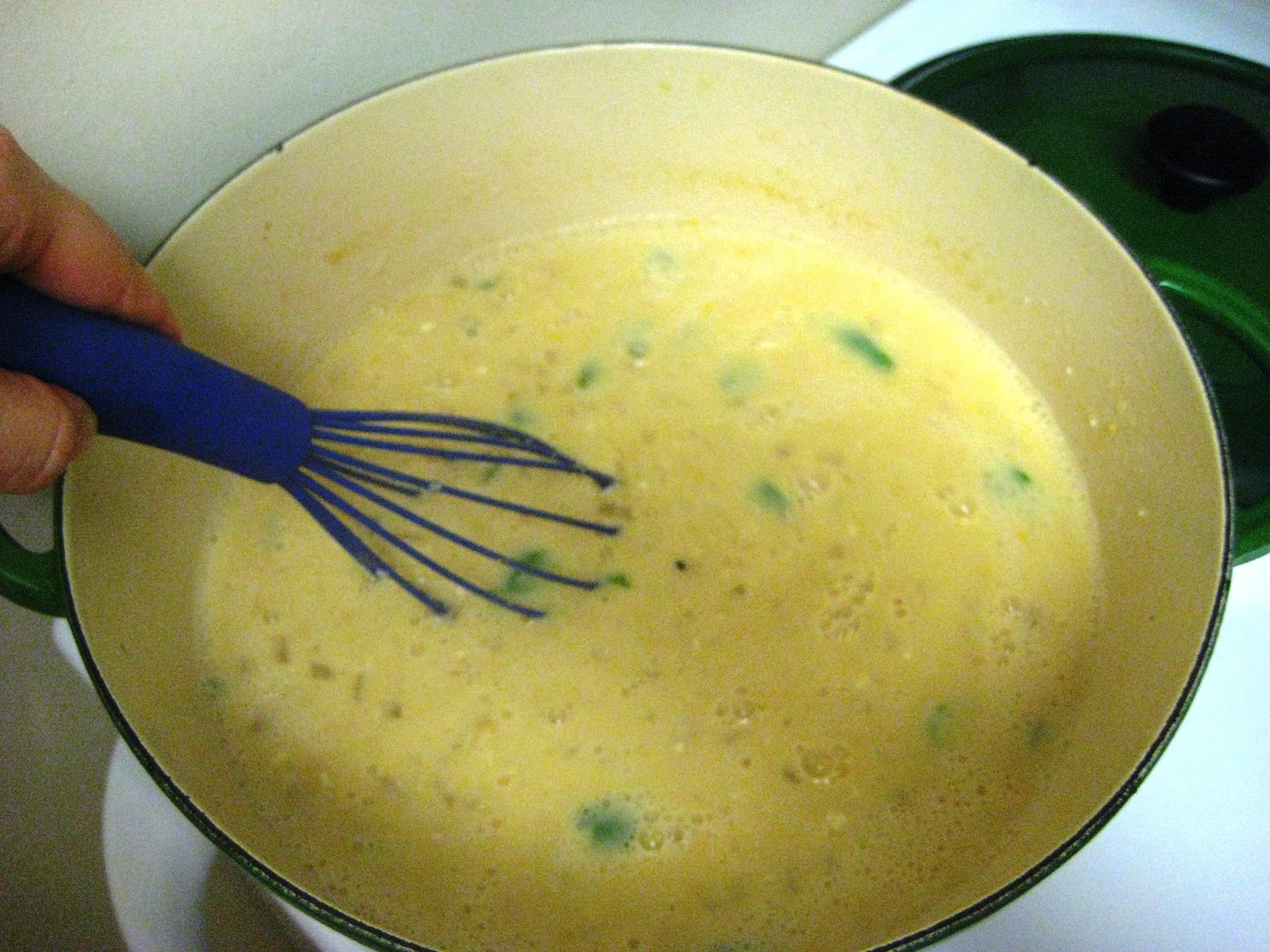We may not always stop to think that when we finish preparing a meal and wash our unused oil or grease down the drain we may actually be causing damage to the environment. Did you know that fats, oils, and greases that are put down the drains accumulate in the sewers and congeal - sometimes causing blockages? Well, when this happens, it reduces the amount of sewage that can be processed and that endangers our fresh water and our beaches. No one wants raw sewage overflowing into rivers and beaches, or worse - our own homes!
 |
| Just look at this gross, stopped-up sewer! Kind of reminds you of a clogged artery, no? | |
And no amount of "grease cutting" dish soap is going to help combat this problem. All that will do is clean your pots and pans and wash the grease down the drain faster.
 |
| I wonder how much of this used to be bacon grease? |
So what's the bottom line? Don't put your grease down the drain!
But what's the best way to get rid of fats, oils and greases if you can't put them down the kitchen drain or flush them down the toilet? You should send it out with the trash. I don't recommend you pour boiling hot grease into your garbage can, so how can you take that liquid and dispose of it with your solids?
Keep an empty container under the kitchen sink to collect wasted fat, oil, and grease. I save glass jars from coconut oil, capers, pickles - even candles! My mother used to use old coffee cans.
After the oil or grease cools slightly, I pour it directly into the jar and re-seal it. I stay away from plastic as I am impatient and do put warm liquids in there and wouldn't want to melt it. (But really, plastic that is not recyclable is probably the best because it was headed to the landfill anyway.) I also made the mistake one day of not letting it cool enough and CRACK! I busted the glass jar. Thankfully I didn't hurt myself, but that was a close call. Don't make the same mistake that I did.
 |
| Let's make sure that mother nature doesn't pay the price for your bacon habit. |
Whatever container you use, there should be some absorbent material inside to help soak that oil/grease up so it doesn't remain in liquid form. I typically use paper towels that are left over from cleaning, but other ideas are used coffee grounds, clean kitty litter, newspapers, coffee filters, even dirt from outside. As your grease builds up, just add more absorbent material until your container is full. Then toss it out with your household trash.
Big puddles of oil or grease are pretty obvious no-no's for dumping, but we also need to be wary of salad dressings, Paleo mayo that has passed its prime, oil-based meat gravy or meat drippings, etc. There is also grease residue left in your pan after cooking with oils.When I have some fat residue left in a frying pan, I'll wipe the pan out
with a dry paper towel to soak up the grease and put the entire paper
towel into the grease jar.
Thanks for helping keep our water supply clean!







































